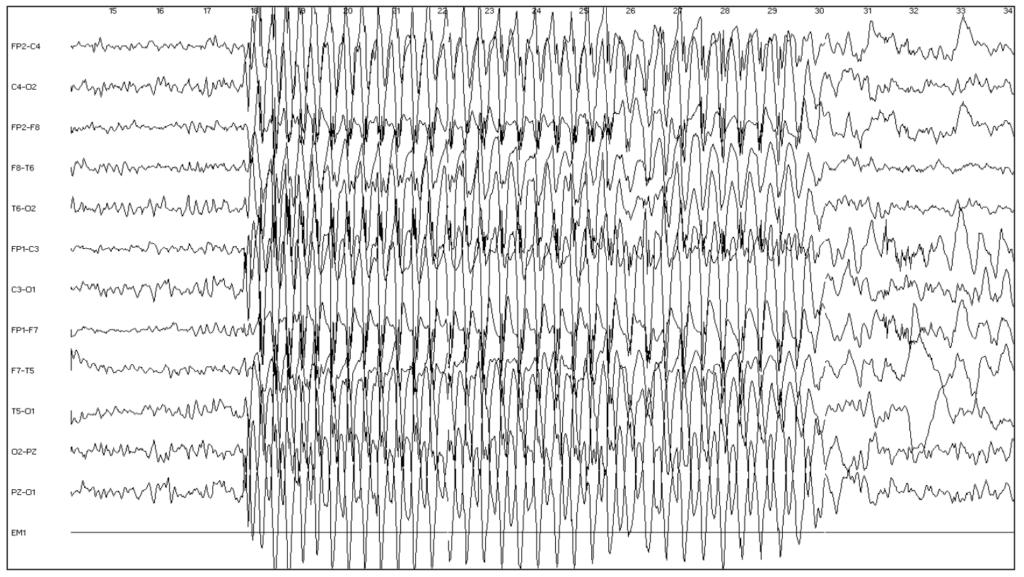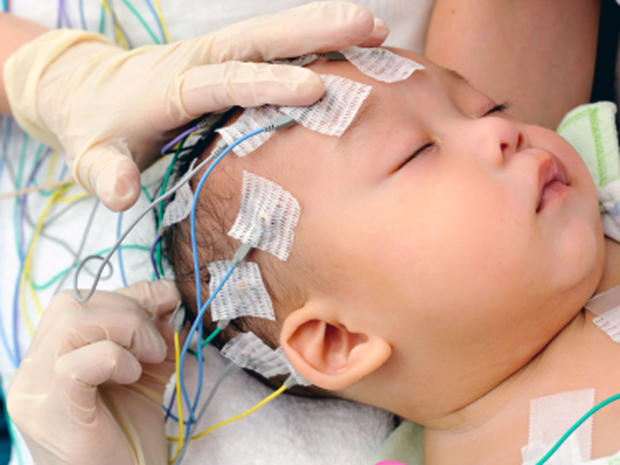What is an EEG?
Brain cells speak to one another with electrical signals. Electroencephalogram (EEG) is a safe and pain-free test, which captures these brain cells’ signals and patterns.
How can the EEG do?
EEG is an useful test in the evaluation of children with epileptic seizures or epilepsy. It helps to distinguish different types of epileptic seizures, and to make a specific diagnosis in children with epilepsy.
What does the EEG involve?
You can stay with your child throughout the test. Our technologist will attach a few small sensors, using a sticky paste, to your child’s scalp to record the brain wave signals. We also attach two small sensors to your child’s chest to record their heart rhythm. This process can take up to 15 minutes.
To get the best results, we will ask your child to remain as still and as quiet as possible. For pre-school children it can be helpful to bring a favourite toy or book to keep them entertained. Infants can have a bottle or drink to keep them settled during the recording.
In a standard EEG recording, it can last up to 20 minutes. There are a few special types of EEG, such as ‘Sleep EEG’, which involves a period of sleep during the recording, and ‘Sleep deprived EEG’.
What is a sleep deprived EEG?
This is an EEG recording during sleep. Sleep deprivation means having less sleep than usual. Sleep deprived EEG will show patterns that we do not see during normal sleep.
Before the EEG
Please let us know if your child has any skin conditions or allergy.
Hair styling products may affect the recording, please do not use gel or mousse in your child’s hair before the EEG.
If you think your child has head lice, please contact us as recording may not be possible if head lice are still present. If your child takes any medication they should take this as usual, unless the doctor tells you not to.
After the EEG
After the recording, we will use either water or adhesive remover and a comb to remove the discs from the scalp. This can take up to 15 minutes.
The EEG is recorded digitally on a computer, and will be interpreted by Dr Yeo.
If you have any further questions, you can schedule an appointment today with Dr Yeo.







